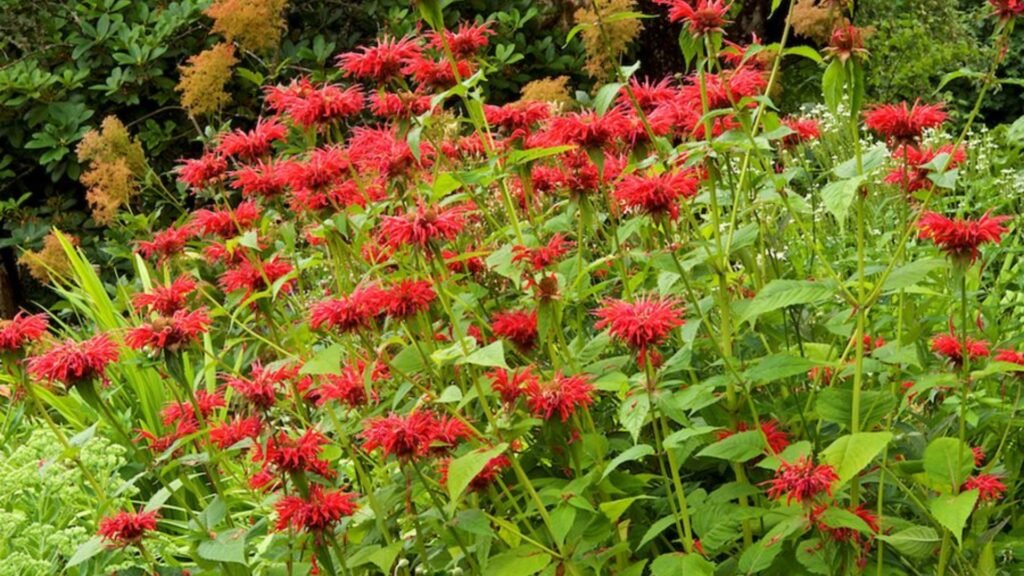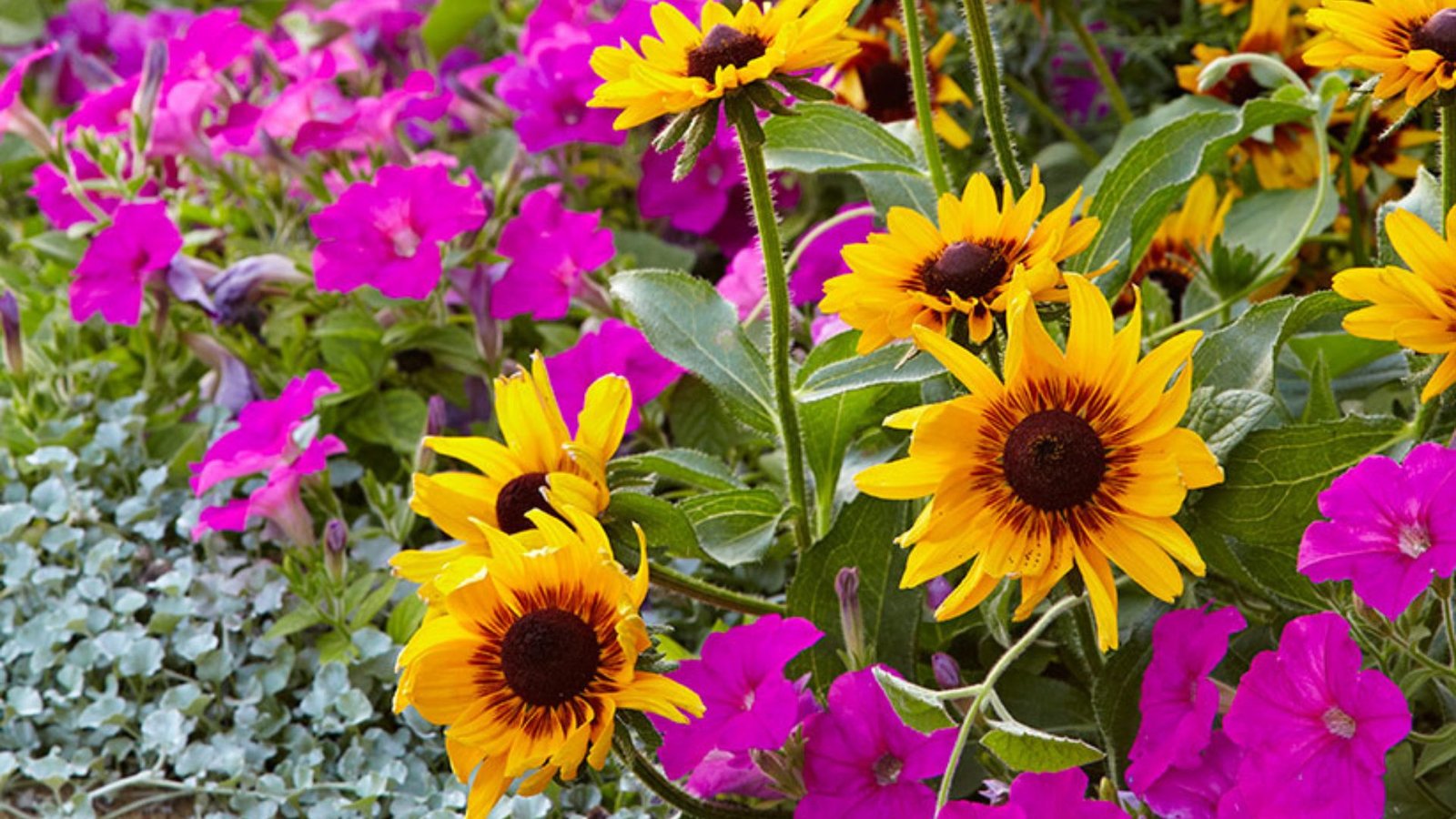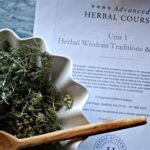Native Plants for Your Area
- By -Maria Joseph
- Posted on
- Posted in Plants
Choosing native plants for your garden is a decision that not only benefits your landscape but also helps support the local ecosystem. Native plants are adapted to the climate, soil, and pests of your specific region, making them more resilient and sustainable compared to non-native species. Whether you’re a seasoned gardener or a beginner, incorporating native plants into your landscape offers numerous environmental and practical advantages. In this article, we’ll explore the benefits of planting native species, how to choose the right ones for your area, and some practical tips for incorporating them into your garden.

Why Choose Native Plants?
Native plants are species that naturally grow in a specific region, having evolved over time to thrive in the local climate and conditions. They provide a range of ecological benefits that support biodiversity and environmental sustainability. Here are some key reasons to plant native species in your area:
Support Local Wildlife
Native plants form the foundation of local ecosystems. They provide food and shelter for a variety of wildlife, including pollinators like bees, butterflies, and hummingbirds, as well as birds, small mammals, and beneficial insects. By planting native species, you help preserve biodiversity and support the survival of local species that rely on these plants for sustenance and habitat.
- Pollinator Support: Many native plants are rich in nectar and pollen, which attract pollinators crucial for plant reproduction. This, in turn, supports the production of fruits and seeds, benefiting not just wildlife but the food supply as well.
- Wildlife Habitat: Native shrubs, trees, and grasses offer essential shelter for birds and mammals, providing safe places to nest, hide from predators, and find resources.
Conserve Water
Native plants are adapted to the local climate and are typically drought-tolerant once established. This makes them ideal for water conservation, especially in areas prone to drought or water restrictions. Because they have evolved to thrive with the natural rainfall patterns of the region, they generally require less water compared to non-native plants.
- Reduced Irrigation: By planting native species, you can significantly reduce the need for supplemental watering, saving both water and money. This is particularly important in arid and semi-arid regions.
- Less Runoff: Native plants’ deep-root systems improve water absorption and reduce runoff, helping to prevent soil erosion and improve water quality in surrounding ecosystems.
Low Maintenance
Native plants are more resilient and require less maintenance than non-native species.
- Disease Resistance: Native plants are naturally resistant to the pests and diseases common in their native regions, reducing the need for chemicals.
- Adaptability: These plants are adapted to the soil, temperature, and light conditions in your area, so they thrive with minimal intervention. This makes them a practical choice for homeowners and gardeners who want a low-maintenance landscape.
Prevent Invasive Species Spread
Invasive species are non-native plants that outcompete local flora for resources, threatening the balance of ecosystems. By choosing native plants, you help prevent the spread of these invasive species and preserve the natural plant community. Native plants create a balanced and resilient environment, where they coexist with other species in harmony.
How to Choose Native Plants for Your Area
Choosing the right native plants for your garden depends on several factors, including your location, climate, soil type, and garden size. Here are some steps to help you select the best native plants for your area:
Research Your Local Ecosystem
To identify native plants suited to your area, it’s important to understand the local climate and ecosystem. Start by researching the plant hardiness zone for your region, which indicates the average minimum temperature. This will give you a sense of which plants will thrive in your climate.
- USDA Plant Hardiness Zone Map: If you’re in the United States, refer to the USDA Plant Hardiness Zone Map to determine your growing zone and identify plants that can withstand your region’s winter temperatures.
- Local Resources: Local botanical gardens, native plant societies, and extension services are great resources for learning about the best native plants for your area. Many of these organizations also provide plant lists and gardening guides tailored to specific regions.
Conclusion
Planting native species in your garden offers numerous environmental, economic, and aesthetic benefits. By choosing plants that are adapted to your region’s climate and conditions, you not only create a beautiful landscape but also contribute to the health and sustainability of the local ecosystem. Whether you’re attracting pollinators, supporting wildlife, or reducing your water usage, native plants are an excellent choice for environmentally-conscious gardening.



